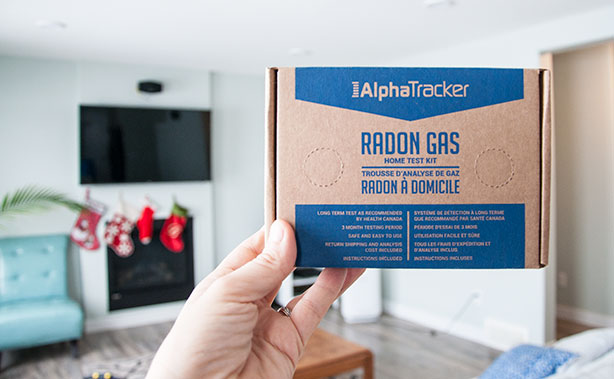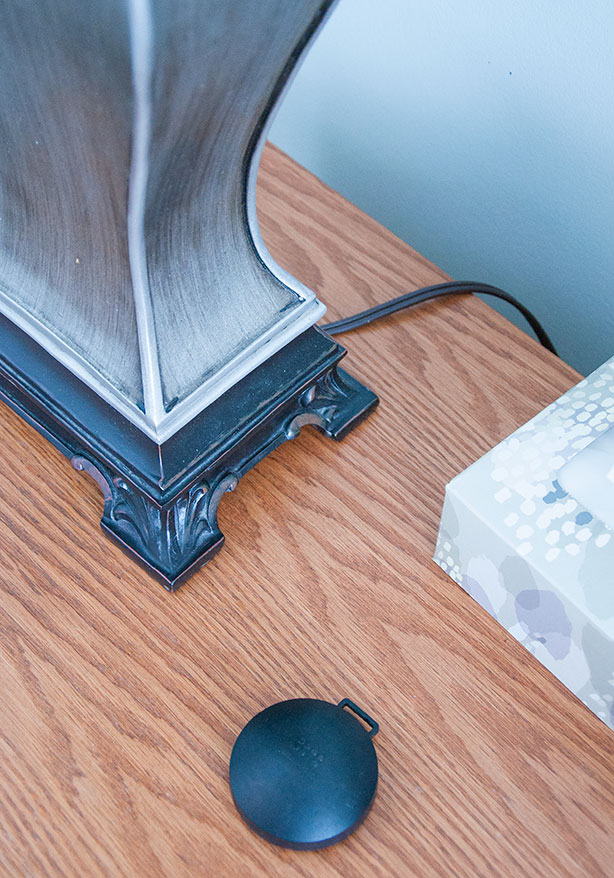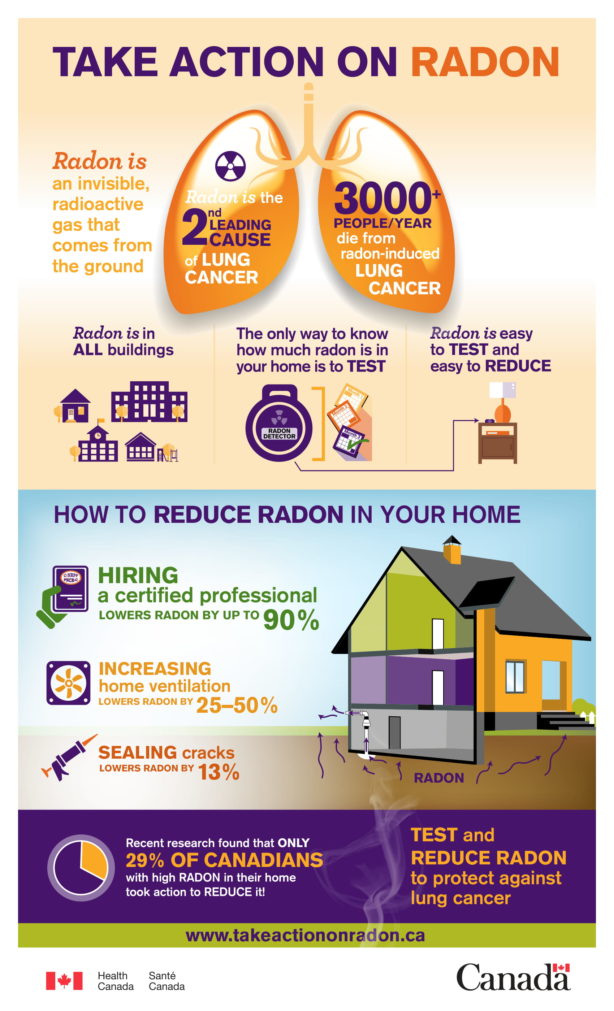For most of my life, I lived in a century-old house in small-town Saskatchewan. And while I loved the community and our established property with its large size and mature trees, the house itself was desperately outdated.
Now, after moving into my family’s custom-built dream house, life couldn’t be more different. While we’ll have lots of landscaping to do on our six acres over the next few years, the house itself is perfect in every way, and totally up-to-date.
With three boys in our family, the safety features of our house are something I especially appreciate. In addition to the hard-wired smoke detectors, we finally have a carbon monoxide detector as well! But recently I learned that when it comes to safe indoor air, there’s more than just carbon dioxide to be worried about.
In fact, the radioactive gas radon is potentially a bigger threat to my family’s health than carbon monoxide. I hadn’t heard of testing for radon before, but after learning about the damage that long-term exposure can cause, I want to make sure our new house has safe levels of radon!
Radon is the second-leading cause of lung cancer in Canada and is present in some level in all buildings, since it occurs naturally in soil and rock. In areas where more uranium is present in the soil, radon levels tend to be higher. It seeps into houses any place there is an opening, from floor drains and sumps to cracks in foundation walls.
Of course, not all levels of radon require attention. Currently, the Canadian guideline for radon in indoor air is 200 Bq per cubic metre. This is a significant reduction from the previous guideline of 800 Bq per cubic metre, as new information about radon’s health risks have become available.
But the only way to know if your home has a high concentration of radon is to test for it! Whether you hire a professional to test your home’s radon levels or buy a testing kit and do the job yourself, having knowledge about your home’s radon levels will help you protect your house’s value and your family’s health.
Testing kits are between $30 and $95 and generally collect radon levels over a three-month period or so. The test is then sent to a laboratory to be analyzed and the results are sent back. And if your home does show high levels of radon, there’s no need to panic!
Lowering the levels of radon in your home may be as simple as sealing up cracks and openings in your home. And even more labour-intensive solutions, like a radon mitigation system, generally only cost between $500 and $3000. These radon mitigation systems use a pump and a ventilation system to draw radon through a pipe system and ventilate it outside the home.
Testing my home for radon is something that is going to give me even more peace of mind about my home. And unless there’ some major change being done to a building, it only needs to be done every few years to help ensure my family’s health.
Learn more about the dangers of radon, and find places in your province to purchase test kits or find radon measurement and mitigation professionals at www.takeactiononradon.ca. The minimal cost of a kit is well worth making sure that radon isn’t jeopardizing your family or your house’s value!




I appreciate the heads up about radon levels and how to check their levels. It’s not something that I hear talked about that much.
Thank you so much for this post and the information! I had no idea!
Goodness – I’ve never ever HEARD of this before – thank you for such an informative article!
Thanks so much for such an informative post on such an important topic!
We tested our house a couple years after buying it and discovered our radon level was over the limit. Unfortunately, fixing ours is not as simple as putting in system to vent it outside. We found that when the bathroom was built in our basement they jack hammered out a whole in the concrete to fit in the tub they put in that has a foot well. So, with the exposed dirt needless to say first we will be gutting the bathroom, having hole filled in, rebuilding bathroom and testing again. They joys of home ownership!
Oh no, how horrible, Tara! Yes, even cracks in concrete can cause an increase in radon levels, so I can’t imagine what removing a big piece of it would do! Hopefully fixing it has some additional benefits with regards to heating and such in your house. Home ownership can definitely be a chore at times!
I had never heard of Radon testing until we moved to the Yukon. Yukon has some of the highest Radon levels in all of Canada. All schools and public buildings are tested annually and there’s tons of literature sent out to homes about testing. We will be doing our first test in the new year as our house was tested before we moved in.
That’s so interesting, Kristy! I’d never heard of it either, but I know we do have a fair bit of Uranium in Saskatchewan, so I’m curious to see what the results of our test will be. Thank goodness it seems like there are plenty of options for houses that do have higher than recommended levels!
Thanks for the info! I had no clue this was a thing. I will be looking into getting our home tested soon.
I wasn’t aware of this until now. Thanks for sharing
I’ve honestly never thought of this before. So glad you shared this.
So important. Thanks for posting